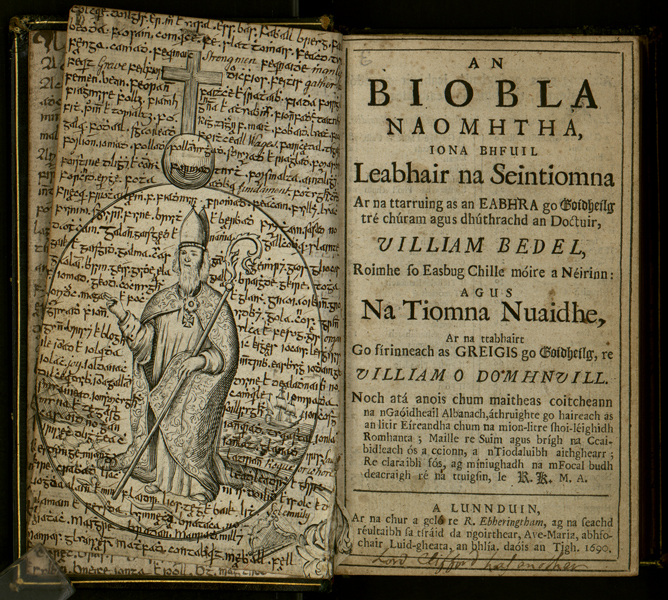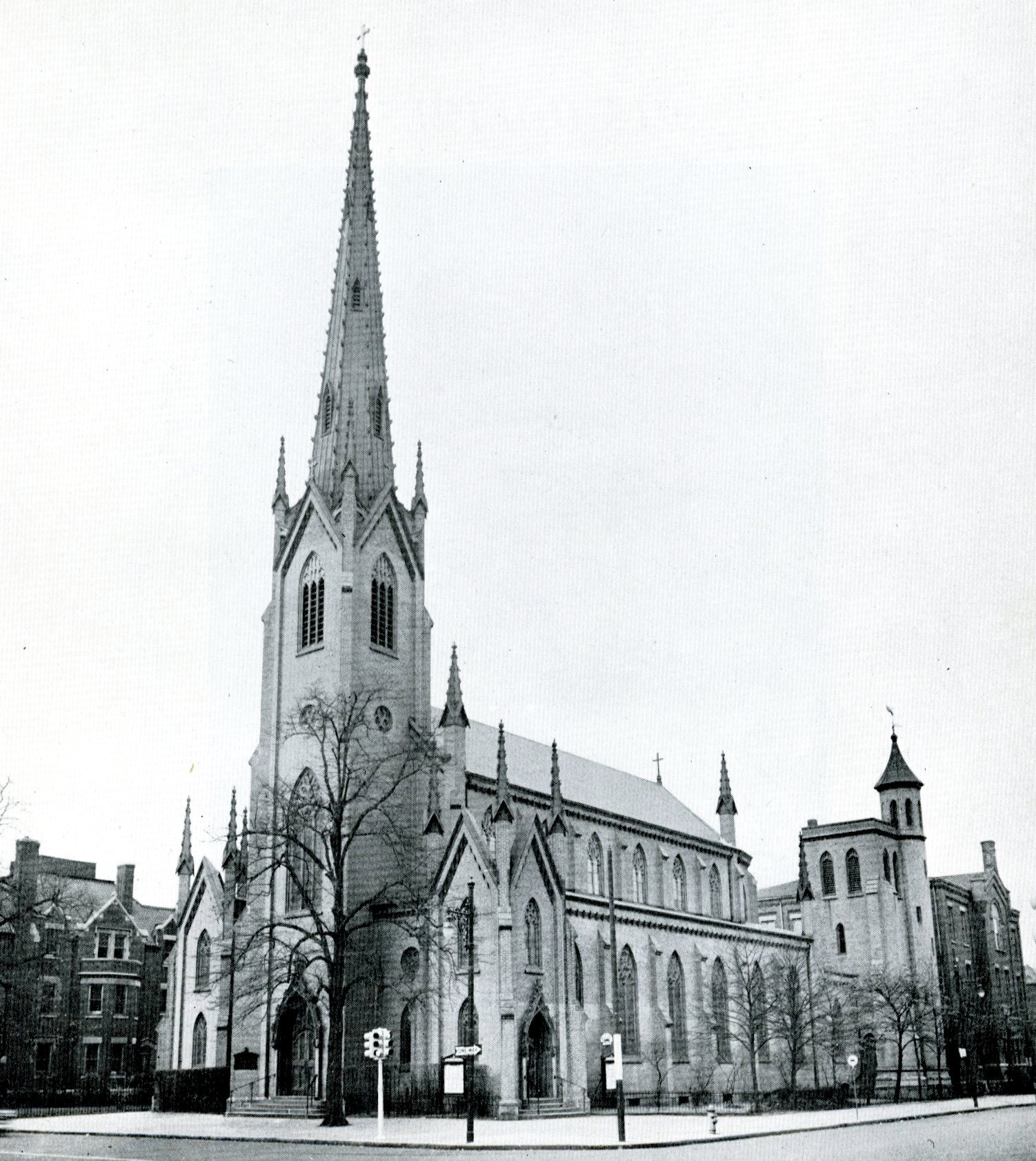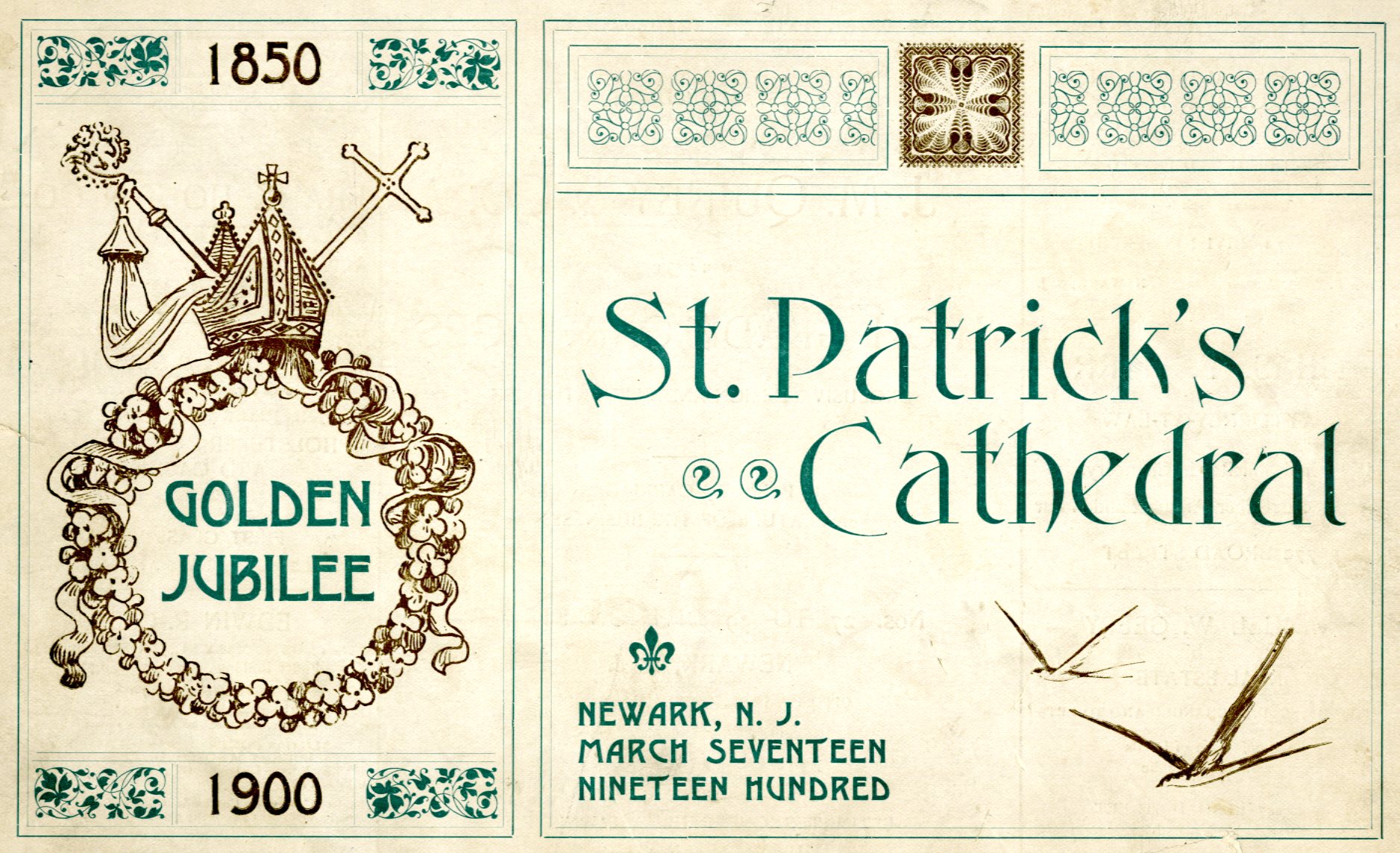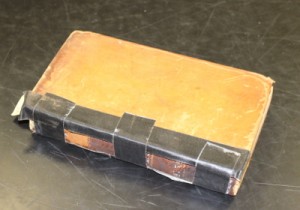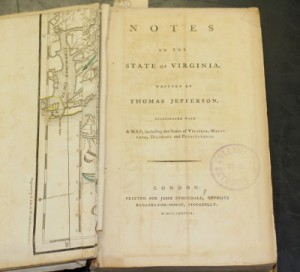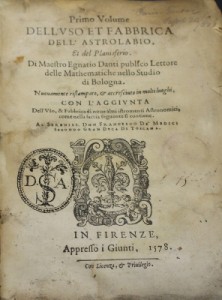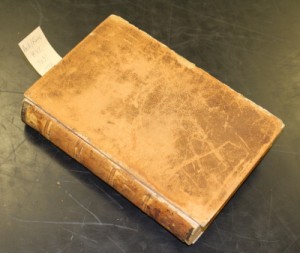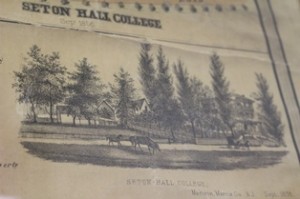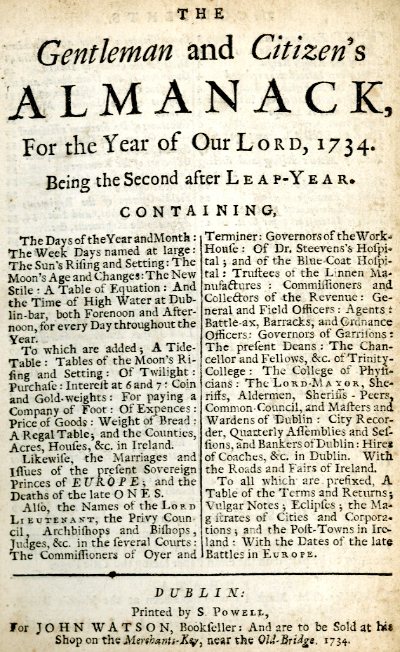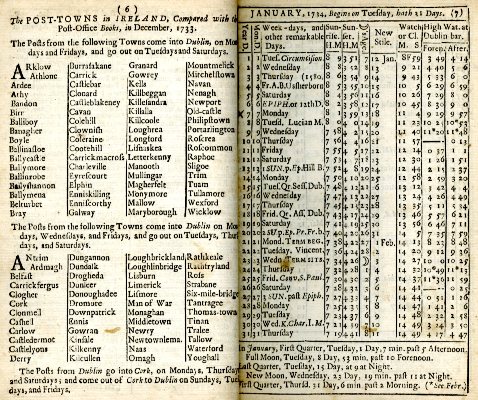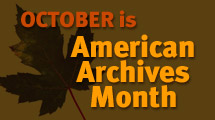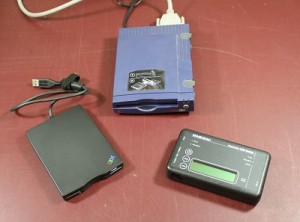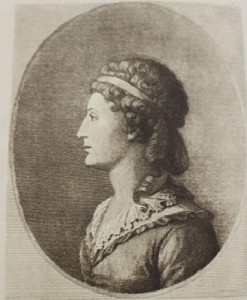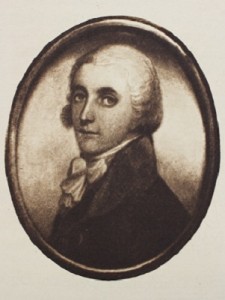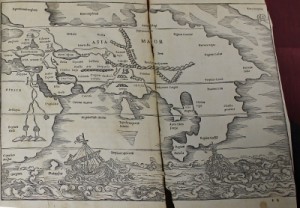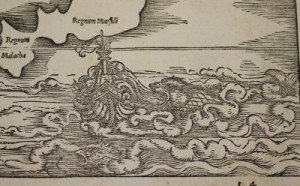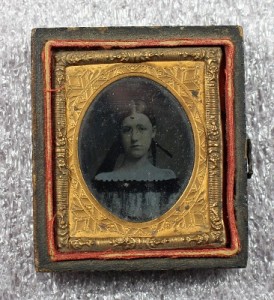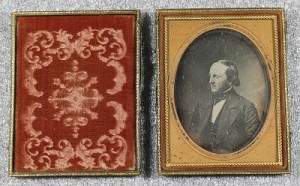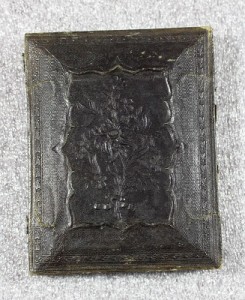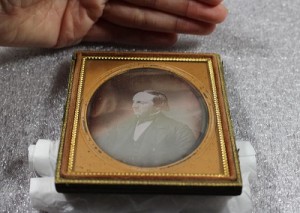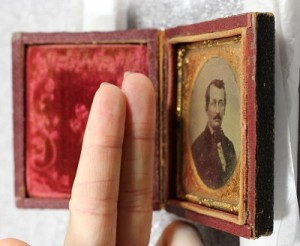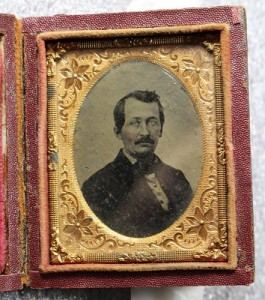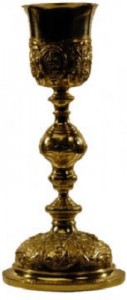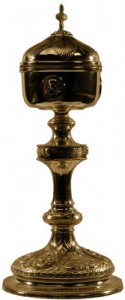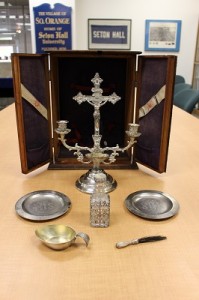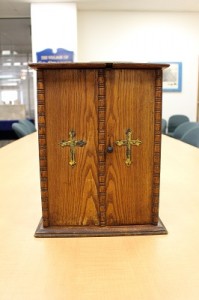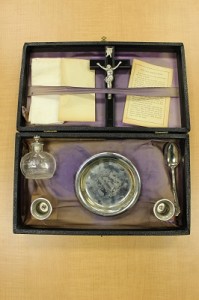March is a month closely associated with Irish history by way of honoring the patron saint (who shares this designation with Brigit/Brigid and Columba) and apostle of Ireland Patrick (Pádraig), the first bishop of Armagh and Primate of Éire who lived during the 5th century A.D. In popular and latter-day culture, the legacy of Patrick is often drawn to oft-repeated tales of his driving snakes out of Ireland, teaching the symbolism of the Holy Trinity through use of a shamrock, his walking stick growing into a tree, and the plethora of parades staged throughout the world in his honor. By extension, Irish culture and heritage is widely recognized with the feast day of March 17th for Patrick being a source of celebration “with the wearing of the green” each year. His popularity is secure and icons dedicated to his memory abound to the present day.
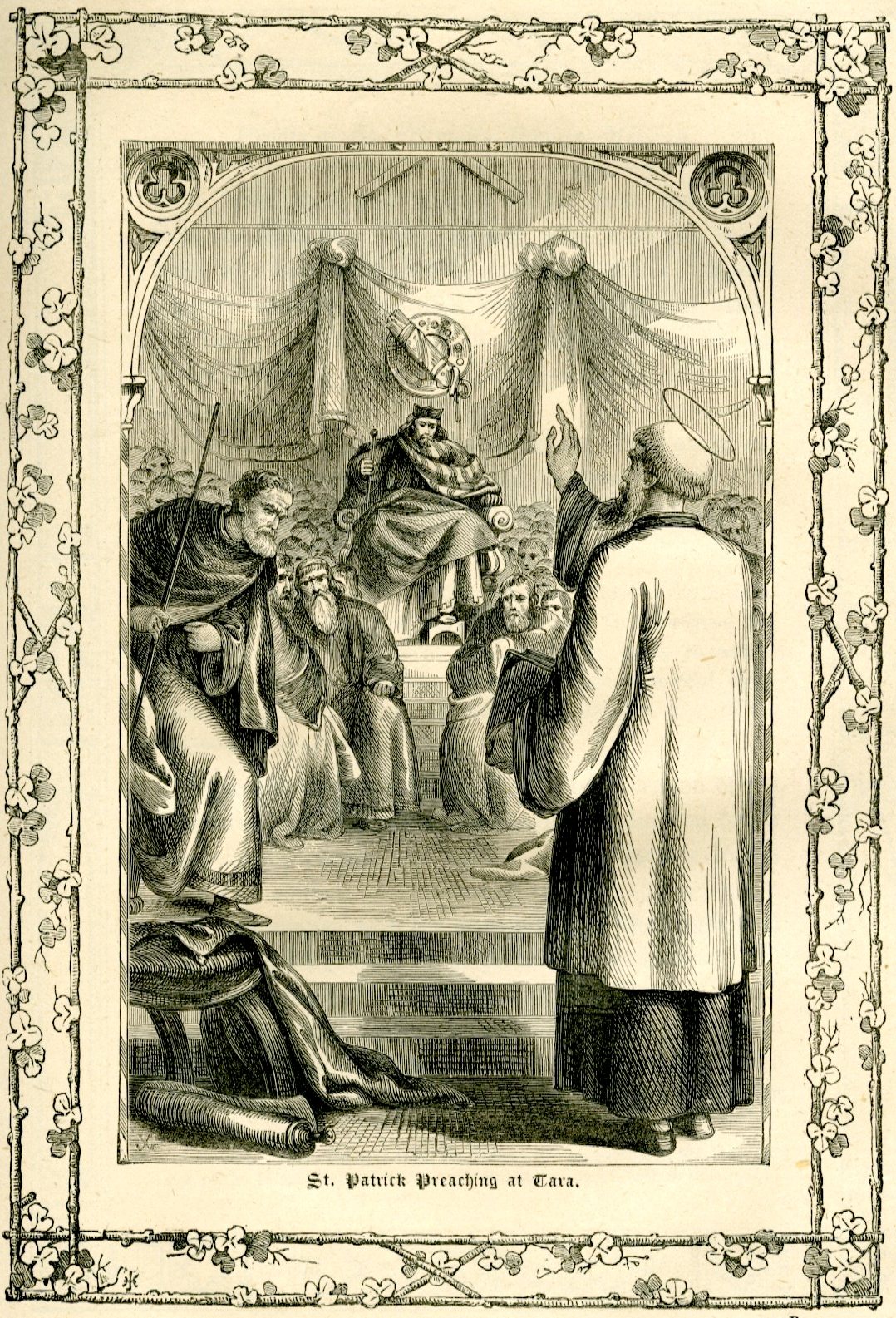 Delving beneath iconic depictions (many of which are modern enhancements, i.e. the wearing of a miter, holding of a crosier and the robes of high ecclesiastical office, etc.) which are most familiar, the life story of Patrick was actually one of hardship and dedication when reading various accounts of his adventures. In brief terms, Patrick was born into poverty and enslaved as a youth. He was able to escape his master as a young adult, make his way back to his native Britain, adopt Christianity, and migrate to the Europe continent for further study. Patrick ultimately made his way to Ireland as a missionary where he achieved success in his work with, and on behalf of, the people he befriended and administered to during his lifetime.
Delving beneath iconic depictions (many of which are modern enhancements, i.e. the wearing of a miter, holding of a crosier and the robes of high ecclesiastical office, etc.) which are most familiar, the life story of Patrick was actually one of hardship and dedication when reading various accounts of his adventures. In brief terms, Patrick was born into poverty and enslaved as a youth. He was able to escape his master as a young adult, make his way back to his native Britain, adopt Christianity, and migrate to the Europe continent for further study. Patrick ultimately made his way to Ireland as a missionary where he achieved success in his work with, and on behalf of, the people he befriended and administered to during his lifetime. 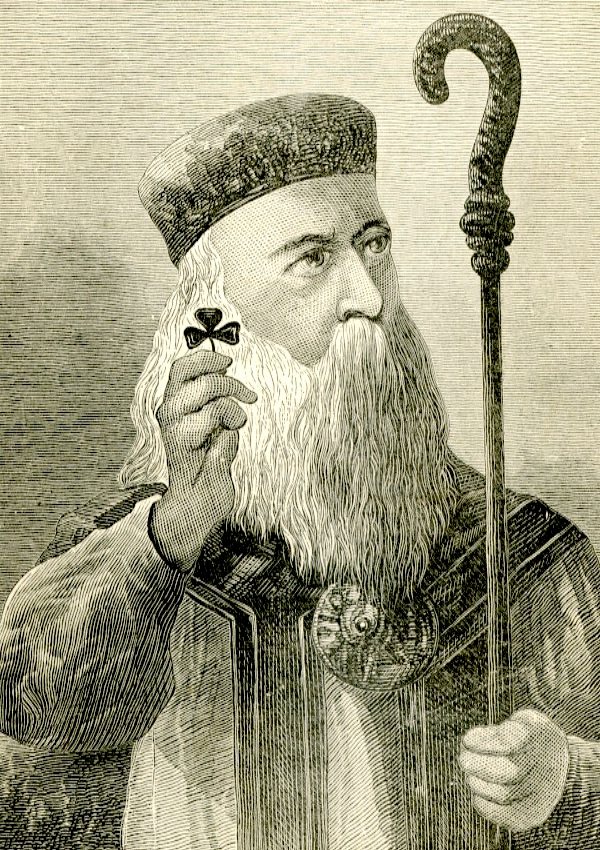
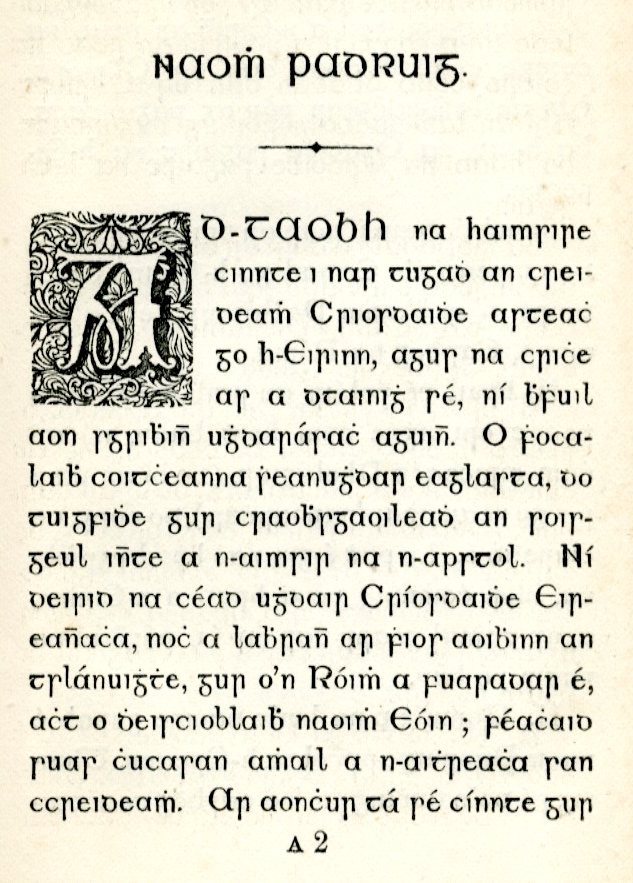
Researching the life, words, and example of Patrick has been made easier and more accessible through the works of a number of scholars from historians, theologians, philosophers, poets, artists, and others who have an interest in his legacy. Please feel free to follow the link to learn more about Patrick (and other Saints of Ireland from Abbán moccu Corbmaic to Tigernach of Clones and many others of note) through the Archives & Special Collections Center and University Libraries information resource links. Here are some introductory works to help you on your journey of discovery…
Homage to Patrick also exists on a hometown basis as numerous statues and structures exist in many places around the globe. Included are those on the campus of Seton Hall University and the Archdiocese of Newark. Most notably is the Pro-Cathedral of St. Patrick located in Newark which has a long and notable history as documented by Seton Hall faculty member Monsignor Robert Wister, Hist.Eccl.D. who wrote a detailed account of this parish and its place in local and national religious history…
St. Patrick’s Pro-Cathedral, Newark, New Jersey: An Historical Reflection, 1850-2000
St. Patrick’s Pro-Cathedral…An Artistic and Symbolic Description
Whether searching for memorials dedicated to Patrick, or for materials on the man himself, we are happy to assist with your project needs and offer additional leads alike. In the meantime, continued success on your respective searches and Lá Fhéile Pádraig faoi mhaise duit!
